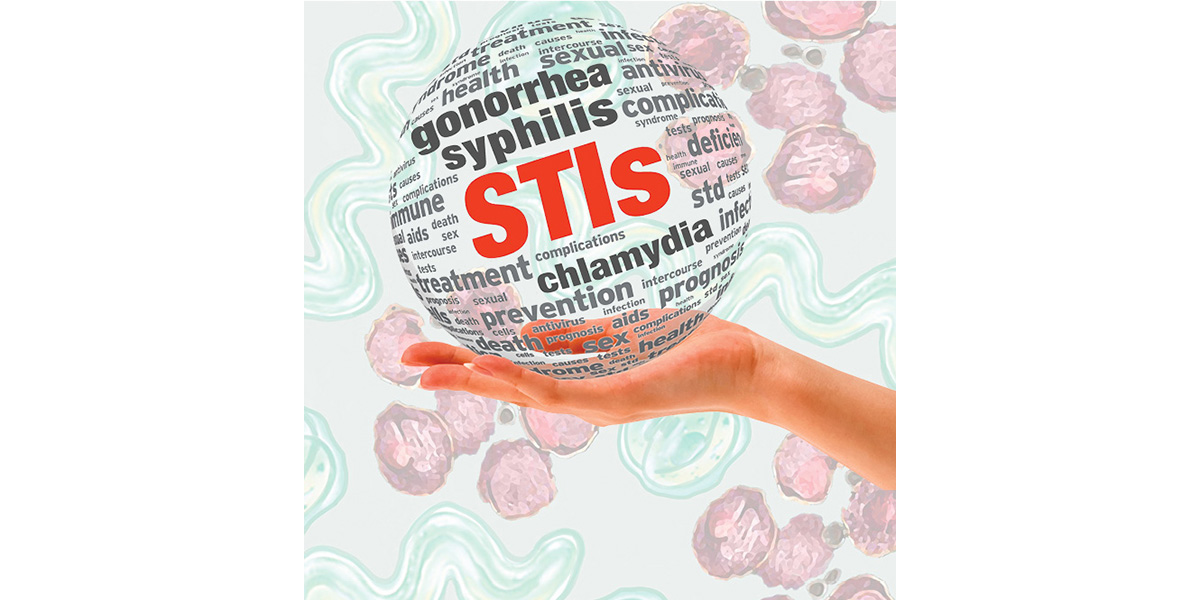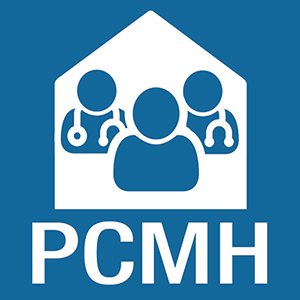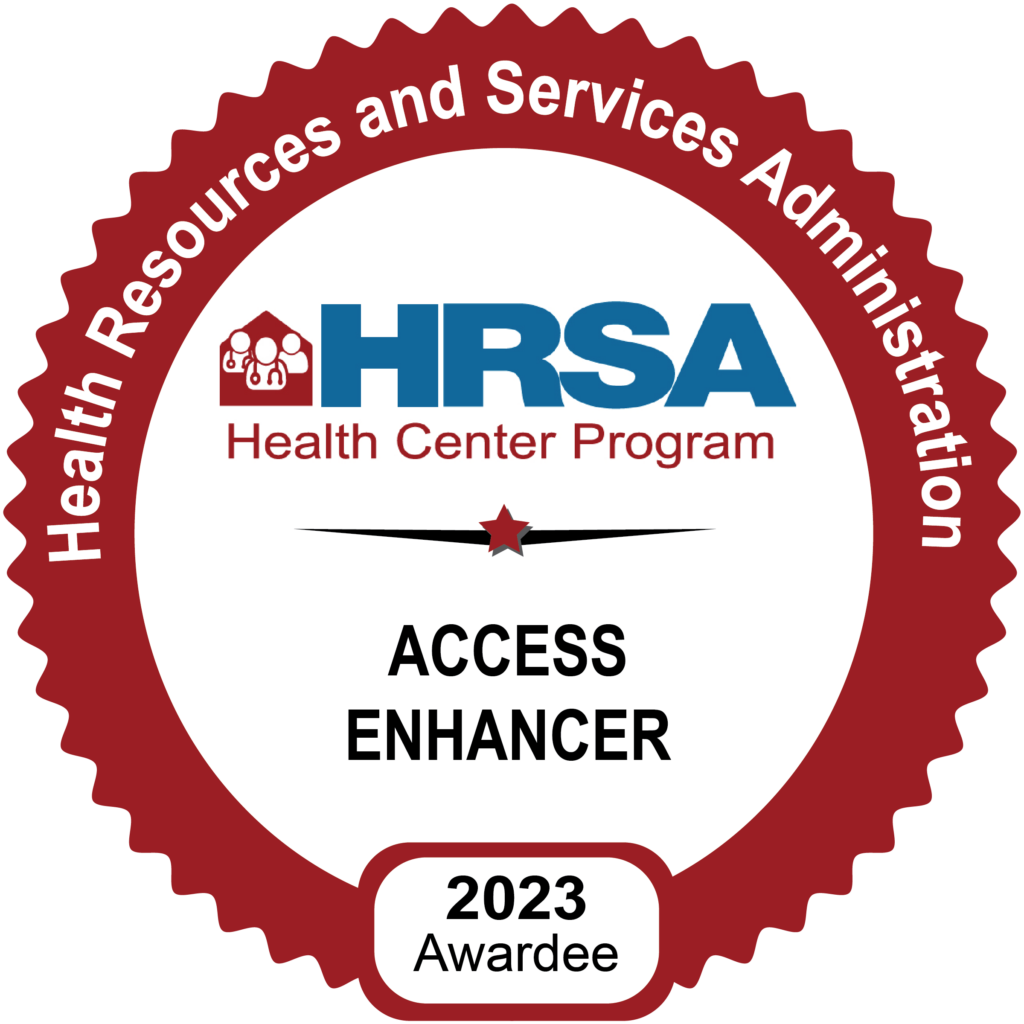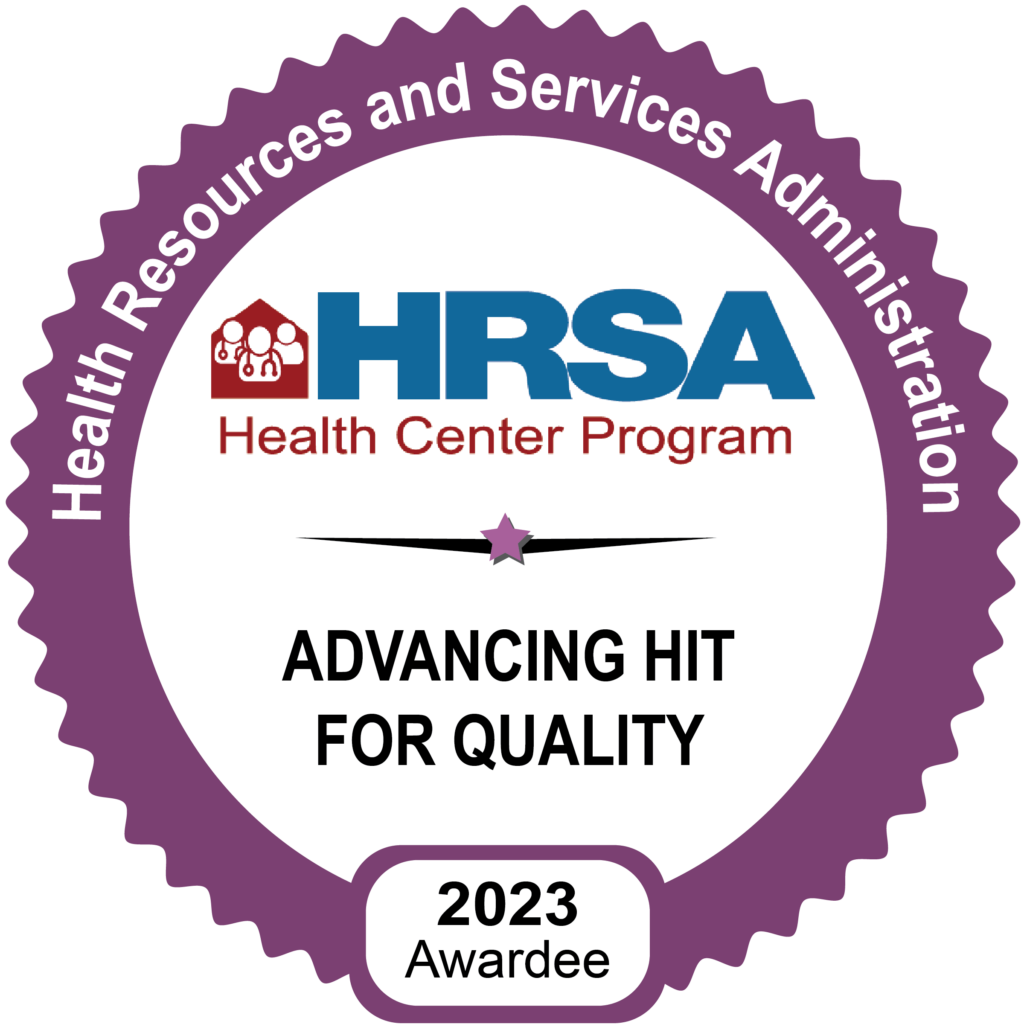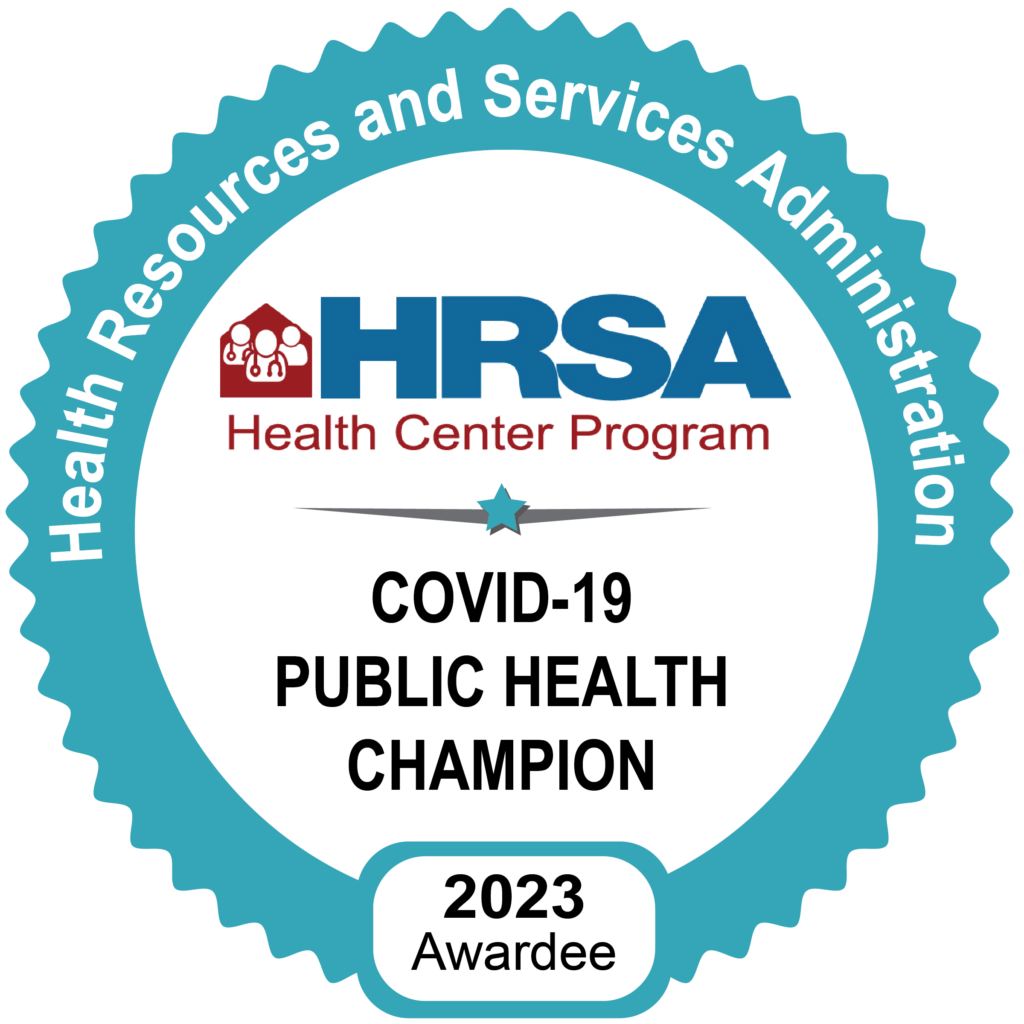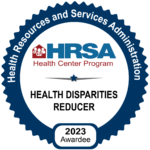Getting your children to talk about sex isn’t easy. Getting them to talk about, or perhaps more importantly, listen to you talk about sexually transmitted diseases or infections might be almost impossible. But talking about STDs or STIs and sexual health in general, health professionals and experts say, is critical.
Dr. Mattie Castiel, commissioner of health and human services in Worcester, has seen it both as a physician and a parent. She knows how hard it can be to initiate a conversation with teens and youngsters about sex.
“I have two boys,” she said. “I had a tough time talking to them, and when I tried to talk to them they didn’t want to hear it from me. It was easier coming from somebody else. I would bring a little bag of condoms … but it’s a tough thing to do. They were grossed out by it.
“So how do you do that? I have all this education and it’s still a tough thing to do.”
Tough, but, Castiel and others say, critically needed – perhaps now more than ever.
STIs are on the rise nationally as well as at the state and local level. Infections once thought to have been vanquished — or at least well-managed — are rearing their ugly heads, leading to calls for more health screenings and testing, quicker treatment and, particularly in Massachusetts, comprehensive sexual education.
The Numbers
In Worcester County, the total number and rates of chlamydia, gonorrhea and syphilis, especially, have climbed steadily since 2015. While the rates of those three infections remain below statewide rates, those numbers are also on the rise.
In Worcester County in 2015, according to the state Department of Public Health, there were 2,171 reported cases of chlamydia, 200 cases of gonorrhea and 65 cases of syphilis. In 2016, those numbers jumped to 2,696, 289 and 82, respectively. Last year, the numbers had risen to 2,733, 720 and 82. The total number and rates of syphilis cases remained steady from 2016-2017.
Statewide, in 2015 there were 22,200 reported cases of chlamydia, 3,421 cases of gonorrhea and 784 cases of syphilis. In 2016, respectively, there were 26,403, 4,611 and 1,035. Last year, there were 29,245 reported cases of chlamydia, 7,310 cases of gonorrhea and 1,036 cases of syphilis.
A clinical advisory sent to healthcare providers in April showed the numbers for syphilis and gonorrhea, in particular, have reached new heights in recent years.
“Cases of infectious syphilis and gonorrhea reported in Massachusetts … now approach levels not seen since the early 1990s,” according to an advisory from the state Department of Public Health’s Bureau of Infectious Disease and Laboratory Sciences.
The problem is particularly acute in Worcester, which, according to reports, has “significantly higher STI rates than neighboring communities and the state.”
According to the 2015 Greater Worcester Community Health Assessment, in 2012 the rate per 100,000 people for chlamydia was 583, well above the statewide rate of 357; 90 for gonorrhea, as opposed to 40 statewide; 27 for syphilis, versus 13 across the state; and 13.81 for HIV/AIDS, more than the statewide rate of 9.97.
It is, the state concedes, cause for concern. “
Yes, absolutely,” said Kathleen Roosevelt, director of the state DPH’s Division of STD Prevention. “We’ve seen an increase in STDs, especially syphilis and gonorrhea cases, across the state. We’ve seen STD rates in Worcester County, especially gonorrhea rates, increase significantly. Although they remain below the statewide average, the percentage increase from 2015-2016 to 2016-2017 is very significant. We’re seeing these rates have really increased in ways we haven’t seen in recent history. We’re very concerned.”
The concern extends nationally, with numbers from the Centers for Disease Control revealing significant increases in the total cases of syphilis, gonorrhea and chlamydia over the past several years.
In 2009, the number of syphilis cases in the U.S. had dipped from 46,292, or 15.2 per 100,000 population, to 44,832, or 14.6. Since then, the number of cases has risen each year. In 2016, there were 88,042 cases, or 27.4 per 100,000. The last time that number was exceeded was in 1993, when there were 102,612.
The total number of chlamydia cases increased every year between 1993-2012: from 405,332 to 1,422,976. In 2013, the number dipped to 1,401,906. It has climbed ever since: 1,441,789 in 2014, 1,526,658 in 2015 and 1,598,354 in 2016. The rate per 100,000 rose from 443.5 in 2013 to 497.3 in 2016.
The number of gonorrhea cases, meanwhile, went up from 333,004 (105.3 per 100,000) in 2013 to 468,514 (145.8) in 2016. That was the highest number of cases since 1992, when there were 502,508.
“It’s a real public health crisis,” said Dr. Jennifer Childs-Roshak, CEO and president of Planned Parenthood League of Massachusetts.
Why Is It Happening?
There is, health professionals agree, no one-size-fits-all answer as to why STIs are trending upward. One of the most obvious: more people are not using protection when engaging in sexual activity.
“One of the things that is very obvious from the name, sexually transmitted infection, if you do not engage in high-risk behavior you will not get a sexually transmitted infection,” said Dr. Alwyn Rapose, a practitioner of general internal medicine and infectious diseases for Reliant Medical Group based in the Worcester Medical Center. “If you do not want to remain faithful to one partner … you have to try and take the next step … have sex with a barrier. That’s also not 100 percent.”
In addition, screening for and diagnosing and treating STIs may be inconsistent, leading to more folks being unaware they are infected. That, the experts say, can lead to more easily transmittable infections and diseases.
“See your physician on a regular basis and get tested on a regular basis,” Rapose said, adding there are three key contributors to the rise in STIs. “Number one, risky behavior. Number two, not getting diagnosed in time. Number three, passing it on to someone else.”
There is also a growing concern over the spread of sexually transmitted infections in the LGBTQ comunity. In particular, infections such as gonorrhea and syphilis have been rising within the MSM community, men who have sex with men.
According to the CDC, during 2012-2016, rates of gonorrhea among men increased 62.6 percent. That, the CDC said, suggests either increased transmission or increased detection through screening.
The rate of primary and secondary syphilis among men, meanwhile, has gone up every year since 2000, according to the CDC. During 2015-2016, the rate among men increased 14.7 percent, and in 2016 men having sex with men continued to account for the majority of primary and secondary syphilis cases. Of 27,814 cases that year, well over half, 16,155, were within the the MSM community.
What could be contributing to that, Rapose said, are suggestions that it’s OK not to use condoms during sex. This could be particularly alarming for those living with HIV/AIDS.
Once thought to be a death sentence, HIV and AIDS have become more and more manageable with advances in medicine. Patients subsequently may be less inclined to use protection, particularly if their viral loads are low enough that the disease won’t be transmitted. That, doctors say, can lead to the spread of STIs such as chlamydia, gonorrhea and syphilis.
“If you transmit messages that it’s OK to stop using condoms, then you’re likely to pick up other infections, such as syphilis and gonococcal,” Rapose said. “If you’re only thinking HIV, there is a risk and we forget there are other bad things in the community, such as herpes, genital warts, etc. If we become too complacent, or we only focus on HIV, these diseases we thought we had overcome many years back are likely to come back.”
Another factor, according to both Roosevelt and Dr. Phil Bolduc, could be the popularity of social dating apps. With more ways to connect and potentially become intimate with people you may not know, if sexually protective measures are not taken, and those involved do not discuss their sexual history, it could result in the transmission of diseases or infections.
“With social media apps, I do know there’s a lot of ability to connect with people that you may not know any other way. Hookups, especially,” said Bolduc, who is the HIV/Hepatitis program director and associate director of special populations for the Family Health Center of Worcester Inc.
Roosevelt acknowledged social apps as an area of concern, while suggesting they are not the driving factor.
“One of the things people think about are the online social networking apps, because it’s the most visible societal change in the last 10 years.” Roosevelt said, stressing there is no one cause. “I would not say they’re what’s driving the increase. There are multiple factors converging.”
Bolduc and others also have cast an eye toward the ongoing opioid epidemic. Those who are using drugs such as heroin, they say, may be less likely to worry about protecting themselves sexually. Some may trade sex for money or drugs, with the risk of contracting a STI not first and foremost on their minds.
“I’m really curious to see if the spike in substance abuse issue is somehow related to this,” Bolduc said. “When you’re addicted, you do all kinds of things you never thought you’d do, and protecting yourself, feeding yourself, all of that kind of becomes secondary.”
The effectiveness and reliability of long-acting birth control, according to Childs-Roshak, might also play a role, with some individuals eschewing other protective methods.
“I think the idea that there is pretty much almost 100-percent protection with a long-acting birth birth control, I think it does make people feel like, ‘I don’t need to use condoms because we’re in a monogamous relationship,’ but life happens,” Childs-Roshak said. “I have not seen any clear evidence on that, but I can say, from my clinical experience, I did notice a bit of a pattern.”
The stigma of having a STI is also an issue, some say.
“People who are diagnosed with a STD, they often feel ashamed, dirty,” said Joanne Calista, executive director of the Center for Health Impact in Worcester, the parent organization of the Worcester Impact on Sexual Health, or WISH. “That’s why they don’t want to get help.”
Unfortunately, said Roosevelt, stigmas do affect how individuals access health care.
“I think we are making great strides in many ways,” she said, “but I definitely think we need to keep encouraging people to get out there and test frequently and really change the way we think about testing and make it a routine part of somebody’s sexual health and a routine part of somebody’s life, rather than something somebody does only if they think there’s a problem.”
The stigma can be even more severe for the LGBTQ communities, according to Sara Richman Davidow of WISH.
“There is such a stigma with [STIs], and the education around it, a lot tends to be very hetero-normative,” she said. “Couples or partners engaging in sexual activity that identify as [LGBTQ] are not getting the appropriate information or care to sort of help them, because a lot of the protection is against pregnancy. It is important to also include information about STIs, STDs and HIV/AIDS prevention as well.”
Education Needed
There is, among those in the health community, near universal agreement that education is key, regardless of sexual orientation. The earlier that information can be delivered to people, the better they say the chances are of curbing the rise of STIs and making better decisions about sexual and overall health.
In Worcester, in addition to the sharp rise in STIs, there is other evidence to back that up. According to city data, of those asked whether they had engaged in sexual intercourse, 9 percent of middle schoolers said yes. Of them, 38 percent said either they or their partner did not use a condom the last time they had sex.
Statewide, 43 percent of sexually-active high school students said they were having unprotected sex, while 57 percent said they used a condom.
Some say there is a dire need for comprehensive health and sex education. Massachusetts does not mandate health education. While some schools offer health ed, others do not. Sexual education is also spotty, with personal – and oftentimes political – beliefs and arguments coming into play.
On its own, Worcester is in the process of reviewing a new health curriculum, “Making Proud Choices,” of which sex ed would be a component, but not the major piece. It has, according to School Superintendent Maureen Binienda, been referred to the School Committee’s Teaching, Learning and Student Supports Standing Committee. The hope, she said, is to implement the curriculum by the start of the next school year.
While she did not know exactly how long it has been, Binienda said the school’s current health curriculum has not been updated in “a long time.”
“Making Proud Choices” would be offered in grades six and seven, and could be taught to some eighth-graders, Binienda said. Parents would be allowed to opt their students out of the class.
While saying the issue of STIs is not a school issue, Binienda acknowledged the need for helping educate students on making healthy choices. “
We’re looking at the data and it is alarming. We have to do something about it,” she said. “Certainly, it’s not a school issue. There are many reasons why there’s an increase in this health issue. I don’t always like the schools always having to take on the burden of, ‘It’s the schools’ fault that this happened.’
“Many years ago, when I was in school, it was the family’s responsibility. Now schools are taking the role. We don’t mind that, but when it comes to what’s the cause of it … families have to step up, too, and teach their children.”
WISH’s Richman Davidow said the curriculum is “medically-accurate, evidence-based, comprehensive sexuality education that can start as young as sixth grade and be adapted up to 12th grade.”
That will not happen right away, according to Binienda.
“Some schools teach [health], some schools don’t have any health at all,” the superintendent said. “I, myself, cut health as a principal because I needed a math teacher. Math is required for graduation and health wasn’t. Again, it will come down to the foundation budget and not having enough money to provide what you need for kids.”
The state, many health officials and educators say, must step up when it comes to health and sex education in schools. It is not happening overnight. While the state Senate has already approved what’s known as the Healthy Youth Act, legislation in the House has stalled.
The bill would allow schools to offer “age-appropriate and medically-accurate information” that covers abstinence and contraception. It would not be mandatory.
One of the sponsors of the House bill, state Rep. Jim O’Day, D-West Boylston, lamented the delay in getting the bill up for vote.
“I’ve had a bill in the House now for at least three sessions,” he said, noting the Senate has twiced passed legislation. “For one reason or another, which I have a hard time figuring out why, we haven’t been able to have the same success. It seems when the bill gets minimal traction, the opposite side of the issue comes forward with kind of insane misinformation.”
With the current House session winding down, chances lawmakers will act on the bill appear slim.
“Well, I always say there’s a shot,” O’Day said. “We’re in session until July. It’s my intention to build some further support for it. I think that if we took a vote now, I’d be close to the 81 we need. Probably in the 60-plus range.”
The bill requires a simple majority.
“There are folks that come from fairly conservative districts and see this as a challenge to them if they support it,” O’Day said of some of the opposition in the House.
Sex education has long been a hot-button issue in Massachusetts. Critics have argued sex ed is best left up to local communities to decide. Philosophical and political debates have come into play, with some critics taking aim at Planned Parenthood, who they say is interested only in furthering a pro-choice agenda and would encourage youth to engage in sexual activity.
Posting in May on the Massachusetts Family Institute website, mafamily.org, MFI President Andrew Beckwith scoffed at suggestions that comprehensive sex education would ensure children don’t contract STDs or become pregnant.
“In fact, in at least one of the CSE curricula that would be ‘approved’ under the Sex Ed Mandate,” he wrote, “studies show that it leads to earlier initiation of sexual activity amongst youth and greater frequency in sexual contact. In other words, that CSE program made things worse.”
Proponents, meanwhile, including Planned Parenthood, say an abstinence-only approach has failed, and that critics are ignoring reality.
“It’s really fascinating to me,” said Childs-Roshak. “There’s a group of folks I think believe if we don’t talk about things, then teens won’t do it. If we close our eyes and close our ears and just ignore it, then it will go away. The reality is kids are learning about sex on the internet. Pornography has become the primary teaching agent for young people around relationships, which is really scary, and sexual activity.
“Kids are having more anal sex than ever before. Teens are talking about these things and doing these things. We need to give them information on how to protect themselves, not pretend it’s going to go away. It’s about providing the right education for teens.”
That, said Frances Anthes, president and CEO of Family Health Center, means more than just talking about these issues a few weeks during high school – and it should involve more than sex education.
“What I think many of us have felt is [sex and health education] isn’t something you do for a six-week period in 10th grade,” Anthes said, “but it’s actually an approach that talks to children from the time they get into public schools about options, about healthy eating, about movement and exercise, and so in terms of the whole curriculum, the fact that you’re dealing with sexuality at different points is not out of the ordinary, because you’re trying to build a curriculum that is comprehensive in terms of dealing with the whole person.
“We understand it’s not kind of an opt-in to a six-week, ‘we’re going to tell you about contraception.’ It’s really an approach to children about what’s going on in their lives. Yes, we should make sure our kids know how to prevent STIs. We should make sure our kids understand what contraception is, or how you get pregnant or don’t get pregnant, but the idea of comprehensive health education should be broader than just contraception.”
With the prevalence of STIs, however, sex education is being seen by some as critical now more than ever, personal or political beliefs aside.
“Some of the politics of this, you’re just kidding yourself if you think kids aren’t engaging in this activity,” School Committee Vice Chair Jack Foley said. “We have to get in front of this with young kids as much as you can. Otherwise, they find themselves making decisions that have lifelong implications.”
Walter Bird Jr.
Worcester Magazine
